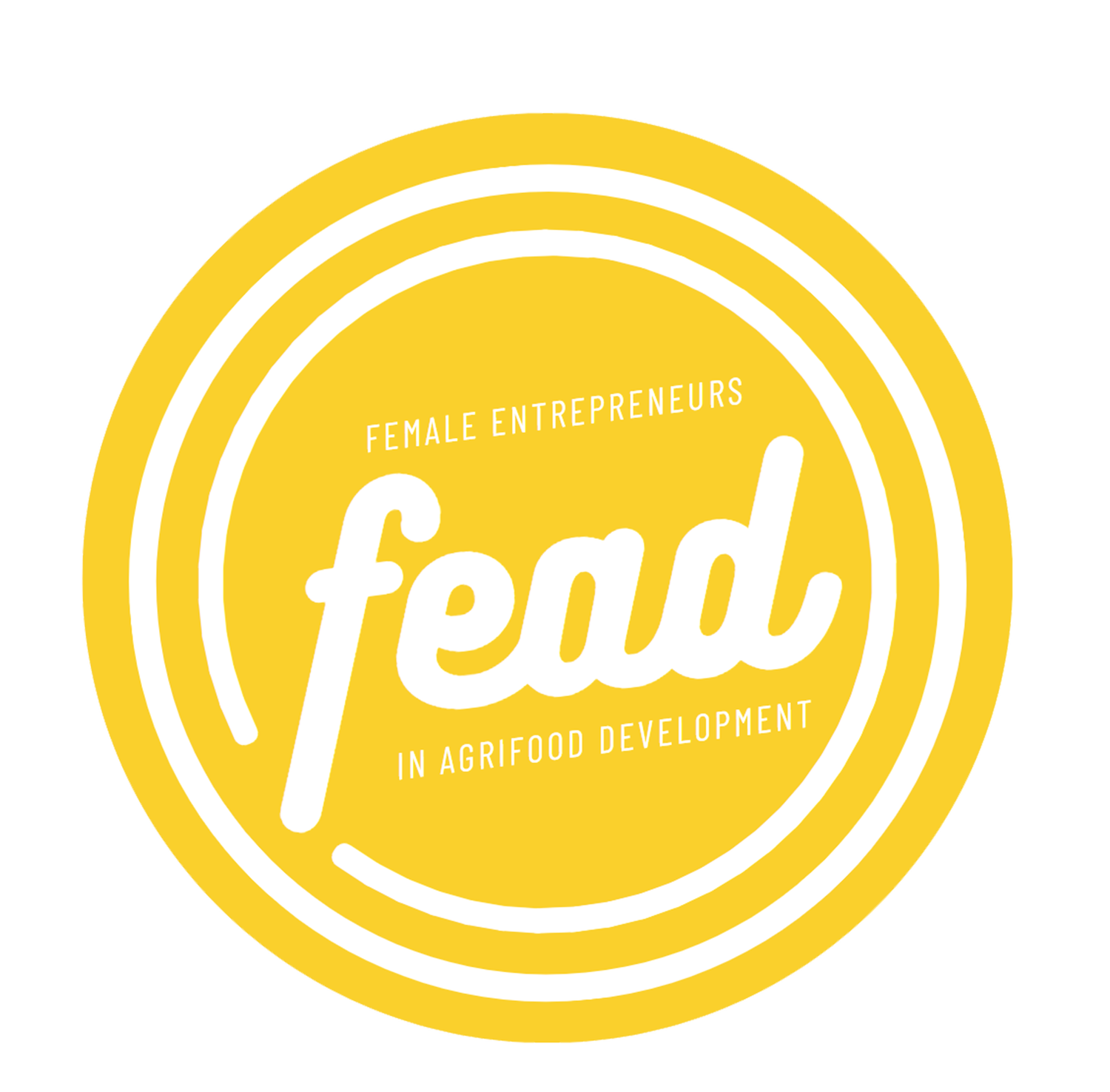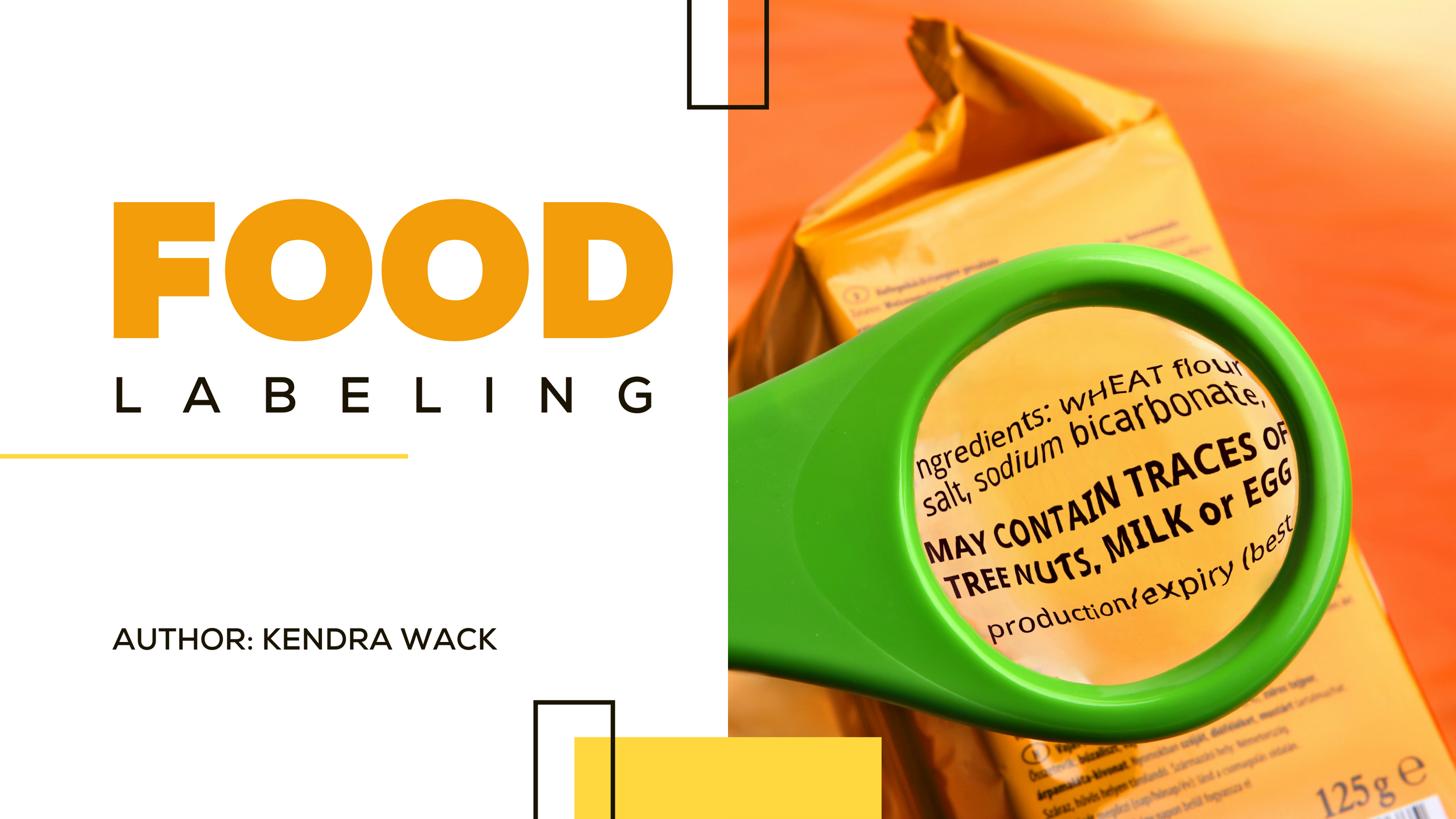Navigating Canadian Food Label Regulations: Tips and Tricks Guide for Food Entrepreneurs
In the ever-evolving landscape of the food industry, understanding and complying with food label regulations is paramount for entrepreneurs seeking to establish themselves in Canada's vibrant food market. As the second-largest country in the world by landmass, Canada boasts a diverse population with varying dietary preferences and needs. To cater to this diverse consumer base, it's crucial for food entrepreneurs to grasp the intricacies of Canadian food label regulations. This blog post aims to provide a comprehensive overview of what every food entrepreneur needs to know about food label regulations and policies in Canada.
The Regulatory Landscape
In Canada, food label regulations are primarily governed by the Canadian Food Inspection Agency (CFIA). The CFIA is responsible for ensuring that all food products sold in Canada meet specific standards, including those related to labeling. Food label regulations in Canada are established to protect consumers, provide transparency, and maintain the integrity of the food supply chain.
Key Label Elements
When designing food labels, entrepreneurs must include certain key elements to comply with Canadian regulations. These include:
Product Name: The name should accurately describe the product and distinguish it from other similar items in the market.
List of Ingredients: Ingredients should be listed in descending order of predominance by weight, allowing consumers to identify potential allergens and make informed choices.
Nutrition Facts Table: This table provides information on essential nutrients and calories per serving, helping consumers understand the nutritional content of the product.
Allergen Information: Allergenic ingredients must be clearly identified in the ingredient list and/or through a separate "Contains" statement.
Best Before Date: This indicates the date until which the product is expected to remain at its peak quality.
Net Quantity: The quantity of the product must be stated in metric units.
Dealer Name and Address: This is the name and address of the manufacturer, importer, or distributor.
Language Requirements
In Canada, bilingual labeling (English and French) is mandatory for most pre-packaged foods. Entrepreneurs must ensure that all label information is presented in both official languages. Exceptions to this rule may apply for certain small-scale businesses or products sold exclusively in one province.
Health Claims and Nutrition Claims
Food entrepreneurs should be cautious when making health or nutrition claims on their product labels. These claims are subject to strict regulations to prevent misleading consumers. Entrepreneurs must seek approval from the CFIA for any health or nutrition claim not listed in the Food and Drug Regulations.
Organic and GMO Labeling
If your product is labeled as organic or contains genetically modified organisms (GMOs), specific regulations apply. Organic products must adhere to the Organic Products Regulations, and GMO labeling must be accurate and clear to help consumers make informed choices.
Country of Origin
Food labels should clearly state the country of origin for imported products. This information is vital for consumers concerned about food safety and supporting local products.
Special Categories
Certain products, such as alcoholic beverages, natural health products, and dietary supplements, have unique labeling requirements and may fall under the jurisdiction of different regulatory bodies. Entrepreneurs in these sectors must research and comply with specialized regulations.
Updates and Compliance
Food label regulations can change over time. Entrepreneurs must stay informed about updates and ensure their labels remain compliant with current standards. Consulting with legal experts or regulatory professionals can be beneficial in this regard.
Navigating food label regulations and policies in Canada is essential for food entrepreneurs aiming to succeed in this diverse and competitive market. Complying with these regulations not only ensures legal compliance but also builds consumer trust and loyalty by providing transparent and accurate information.
As you embark on your entrepreneurial journey in the Canadian food sector, remember that food labeling is not just a legal requirement; it's a powerful tool for marketing and communicating the value of your product to consumers. By mastering the intricacies of Canadian food label regulations, you can set the foundation for a successful and sustainable food business in this dynamic industry.
Stay hungry FEAD fam!
- Kendra



